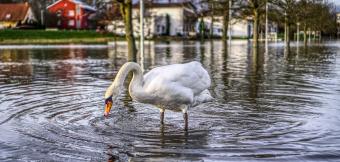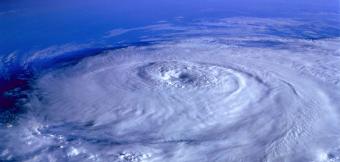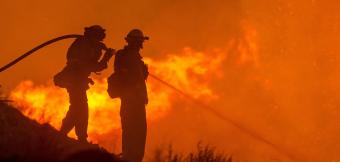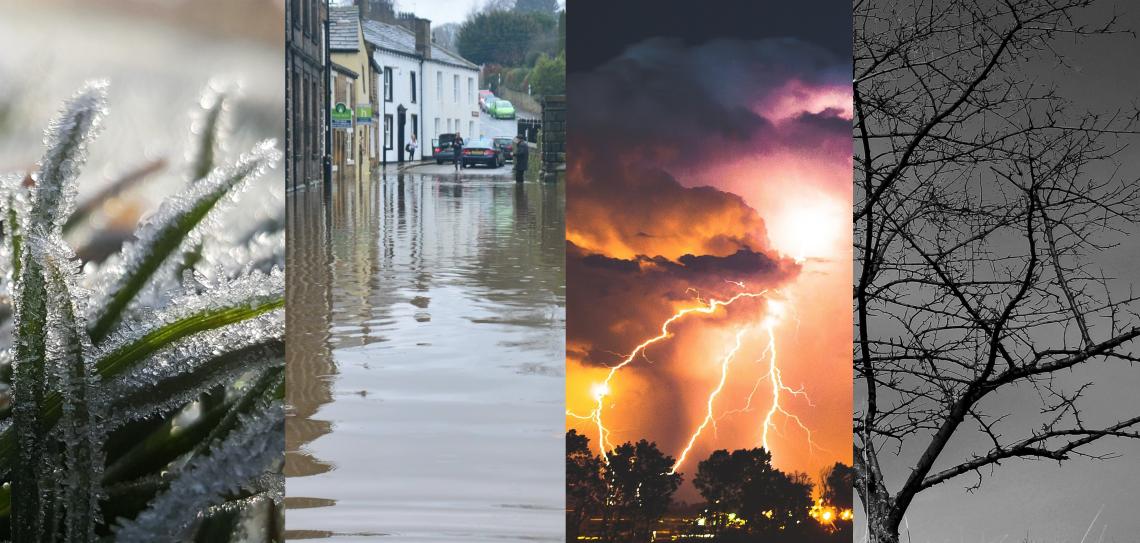
Assess your climate risks
Wildfires, heatwaves, droughts, floods and storms are becoming more frequent and intense due to climate change, often with disastrous consequences. Working out your risks and taking action well in advance is the best way to reduce the impact of extreme weather events on you and your community.
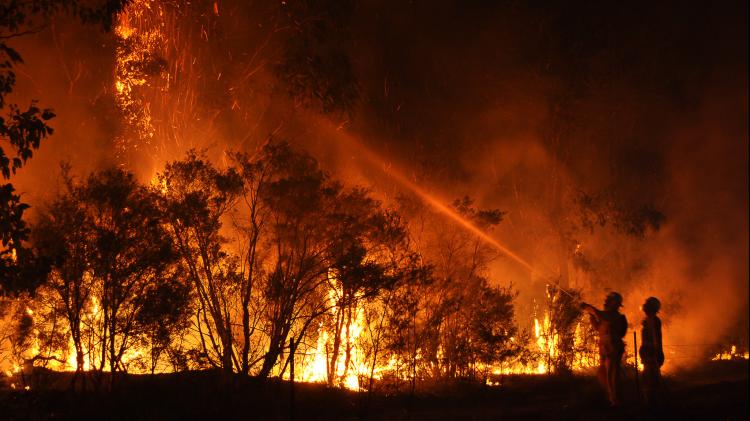
Understanding your climate
The biggest factor which shapes human life is local climate. Crops, lifestyles, housing and technological needs are all driven by it. Life in Antarctica is obviously profoundly different to life in the Sahara. In many places, weather events have always posed risks to humans. These extreme weather events are generally of six types: flood, drought, heatwave, wildfire, strong winds, cold.
Climate change is making these events both more frequent and more extreme. You may already have experienced a serious hazard, or perhaps you are aware of increased risk. Either way, the starting point for assessing your climate risk is an understanding of the local climate.
Climate is a very local phenomenon. The three key factors which determine climate are latitude, continental position and elevation, which create both large climate zones and smaller local microclimates. These in turn determine rain and snowfall patterns, prevailing winds, plant types, season length, and average high and low temperatures. No two places are the same and variations within climate zones can be huge.
Begin by getting a clear view of your local climate and the risks it poses. This can come from personal observation, the numerous online sources of information, and/or books or courses on the subject. You also need to consider local microclimates; for example, whether a slope is facing North, South, East or West determines how the sun hits that slope and therefore temperature and moisture. Andrew Millison's Permaculture Design Tools for Climate Resilience provides a thorough process for assessing your local climate.
More extreme weather events are the most hard hitting impact of climate change, but there are a number of others. These include changed susceptibility to disease (human, plant and animal), new or increased insect pests and impacts on local ecosystems. One of the most commonly observed changes is the earlier onset of spring and a longer growing season, which has some benefits to growers but is also changing the geographical distribution of birds, animals, wild plants and crops.

Responding to risk
Once you understand your local climate, and the way it is changing, you can identify possible extreme weather events you may face, know as hazards. Carefully assess your personal level of risk from these hazards; a house on a hill, for example, is less at risk from flood but more at risk from wind. Remember that even if your own home is well protected there could be disruption to mains power or water or local food supply.
There are good online tools to help you work through your risks in more depth, perhaps with your neighbours or community, such as the UKCIP Adaptation Wizard and the US Climate Resilience Toolkit
But for now it’s enough to know what kinds of extreme weather events pose the greatest risk. Responding to these hazards means two things:
- Designing your home and land to minimise potential damage
- Knowing what to do immediately before, during and after an extreme weather event.
In most cases simple steps can significantly reduce the danger and the damage. Five of the six main types of extreme weather have their own 52 Climate Actions page focused on these simple steps (see 50: 'Design for floods', 13: 'Manage water in the landscape' (drought), 28: 'Keep your cool' (heatwave), 32: 'Design for wildfire' and 22: 'Design for high winds'). There is also a cross-cutting action for all major weather events, Action 34: 'Learn to survive an emergency'. When you use these pages, think about which of the suggested actions will be most effective using this short list of questions:
- What can I afford to do? The main limitations will be money, labour and time
- Which actions are a worthwhile investment? Compare the cost to implement it with the expected benefit
- Who else could I involve to make this action effective? Consider sharing the labour, the cost and the benefit
- Which actions can be combined to reduce risk across several hazards?
- Are any agencies or individuals already undertaking related adaptation actions? If so, you might not need to act at all, or maybe you could get involved.
Finally, decide which option(s) should be implemented in what order and lay them out in a detailed plan. Consider a phased approach with discrete milestones. Now it’s time for action!
Picture credits: 1) ShaunHolloway-ChrisGallagher-MaxLarochelle on Unsplash 2) Quarrie Photography - https://www.flickr.com/photos/quarriephotography/11443527473/ 3) mitodru-ghosh-758353-unsplash.jpg
Carry out a climate risk assessment
Implement a costed plan of adaptation actions
Organise a community climate risk assessment event
Lobby government agencies to make large scale adaptations

